- Home
- slideshows
- miscellaneous
- Meet the Night Stalkers, the pilots who fly SEALs and Delta Force to their most dangerous and secretive operations
Meet the Night Stalkers, the pilots who fly SEALs and Delta Force to their most dangerous and secretive operations
The Night Stalkers fly a few different helicopters, including the MH-60 Black Hawk.

The Night Stalkers also fly the MH-47 Chinook.
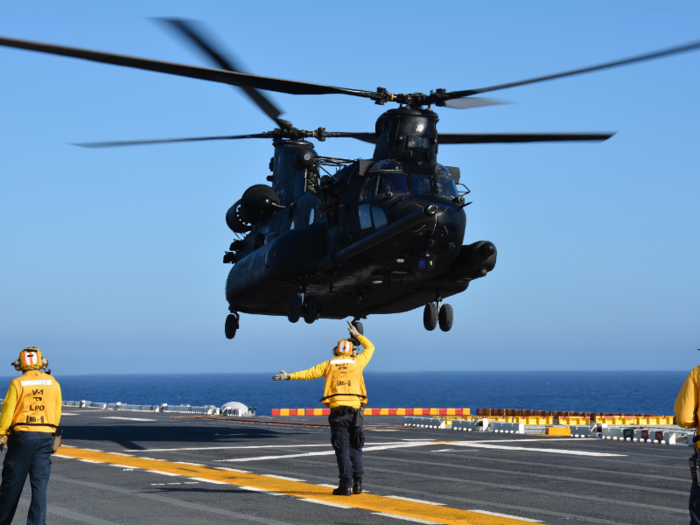
The 160th operates two variants of the MH-47 Chinook, a special-operations variant of the Army's CH-47 Chinook.
The MH-47E is a heavy assault helicopter with aerial refueling capability, as well as advanced integrated avionics, an external rescue hoist, and two L714 turbine engines with Full Authority Digital Electronic Control that enables the MH-47E to operate in high-altitude or very hot environments, according to SOCOM.
The Night Stalkers fly the MH-47G Chinook as well, which has a multi-mode radar to help pilots navigate challenging conditions, as well as two M-134 "minigun" machine guns and one M-60D machine gun for defensive fire.
The MH-47 is used for a variety of operations, including infiltration and exfiltration of troops, assault operations, resupply, parachuting, and combat search and rescue.
The 160th was born out of tragedy.
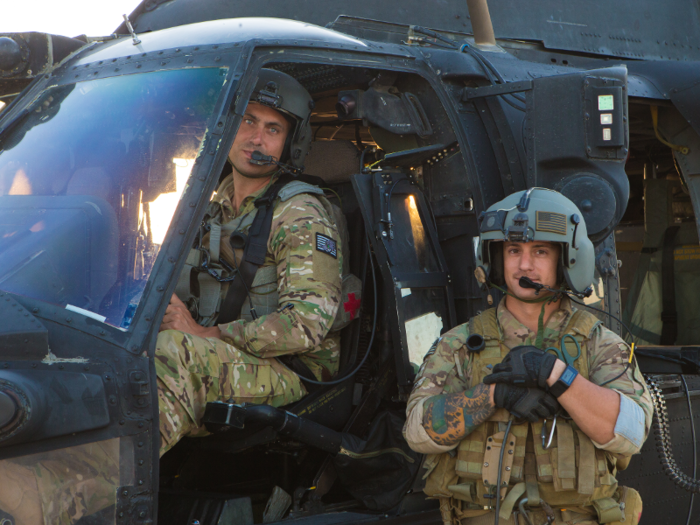
The Night Stalkers were formed after the botched attempt to rescue hostages from the US embassy in Tehran in 1979, known as Operation Eagle Claw.
During that operation, eight US service members were killed, and the need for a specialized group of aviators became apparent.
The 160th was formed in 1981, composed of soldiers of the 101st Airborne Division at Fort Campbell in Kentucky, and was officially designated the 160th Special Operations Aviation Group (Airborne) in 1986.
What we know as the modern 160th was officially activated in 1990.
The Night Stalkers have been active in every military operation since Operation Urgent Fury in Grenada in 1983. The unit lost pilot Michael Durant during the Battle of Mogadishu in Somalia in 1993.
The tempo of operations increased significantly after the terror attacks on September 11, 2001.

"At the height of Iraq, those guys were doing two to three missions a night," a 10-year veteran of the unit with multiple tours to Afghanistan and Iraq told Insider.
"Once the mission has been accomplished, the only reward is another mission," he said.
Once Night Stalkers are finished with a mission, "they're not going to Disney World. They're going back to wherever they came from. They're going to train again."
Night Stalker training simulates the challenging environments they're going into, as well.
Women in the 160th see combat too.
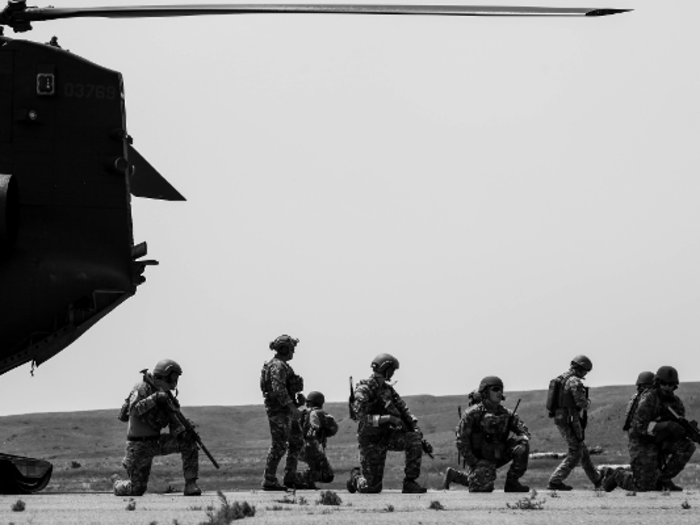
"It's just not all guys. At least the 160th has female pilots. They're rowing the boat. They're in the battle," the Night Stalker veteran told Insider.
The 160th's motto — "Night Stalker's Don't Quit!" is attributed to Capt. Keith Lucas, the first Night Stalker killed in action.
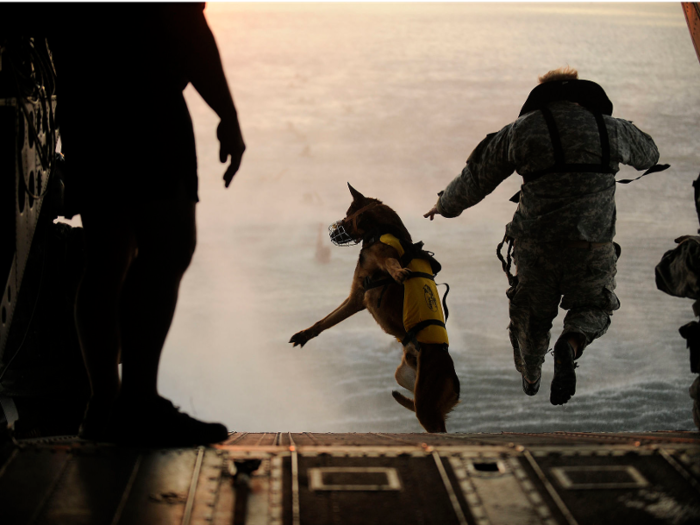
"The purpose of that organization is to serve the most elite special forces in the United States," a veteran of the unit told Insider.
"That unit's gonna be on time, and it's gonna fly like hell to serve the ground forces," he said.
The Night Stalkers have a reputation of being on time within 30 seconds of every operation and say they'd rather die than quit.
The Night Stalkers' motto — often shortened to "NSDQ!" — is vitally important to the team.
"It binds people that have been serving in that organization till now," the veteran said. Lucas was killed in 1983, during Operation Urgent Fury in Grenada.
MH-6 and AH-6 Little Birds are also part of the 160th's fleet.
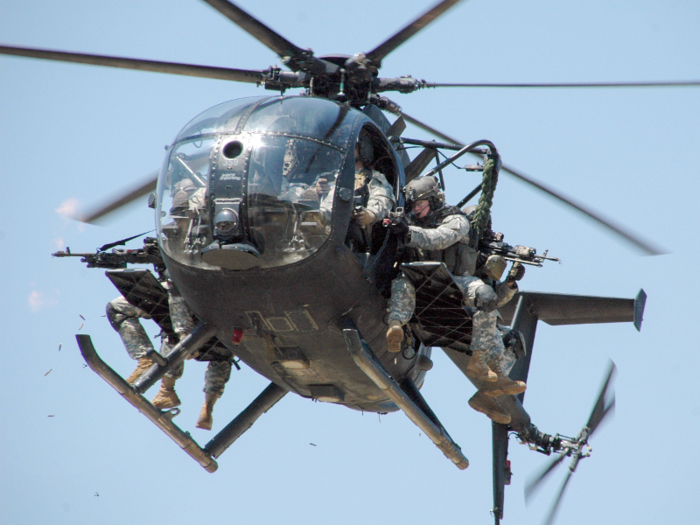
These aircraft are small and maneuverable — perfect for use in urban combat zones where pilots must fly low to the ground among buildings and city streets.
The MH-6M and AH-6M are both variants of the McDonnell Douglas 530 commercial helicopter.
The MH-6M is the utility version that can also be used for reconnaissance missions. The AH-6M is the attack version and is equipped with Foward Looking Infrared, or FLIR, which shows crewmembers an infrared video of the terrain and airspace.
Here's an AH-6M training for a combat mission
And an MH-6M extracting a soldier from the water.
Popular Right Now
Popular Keywords
Advertisement